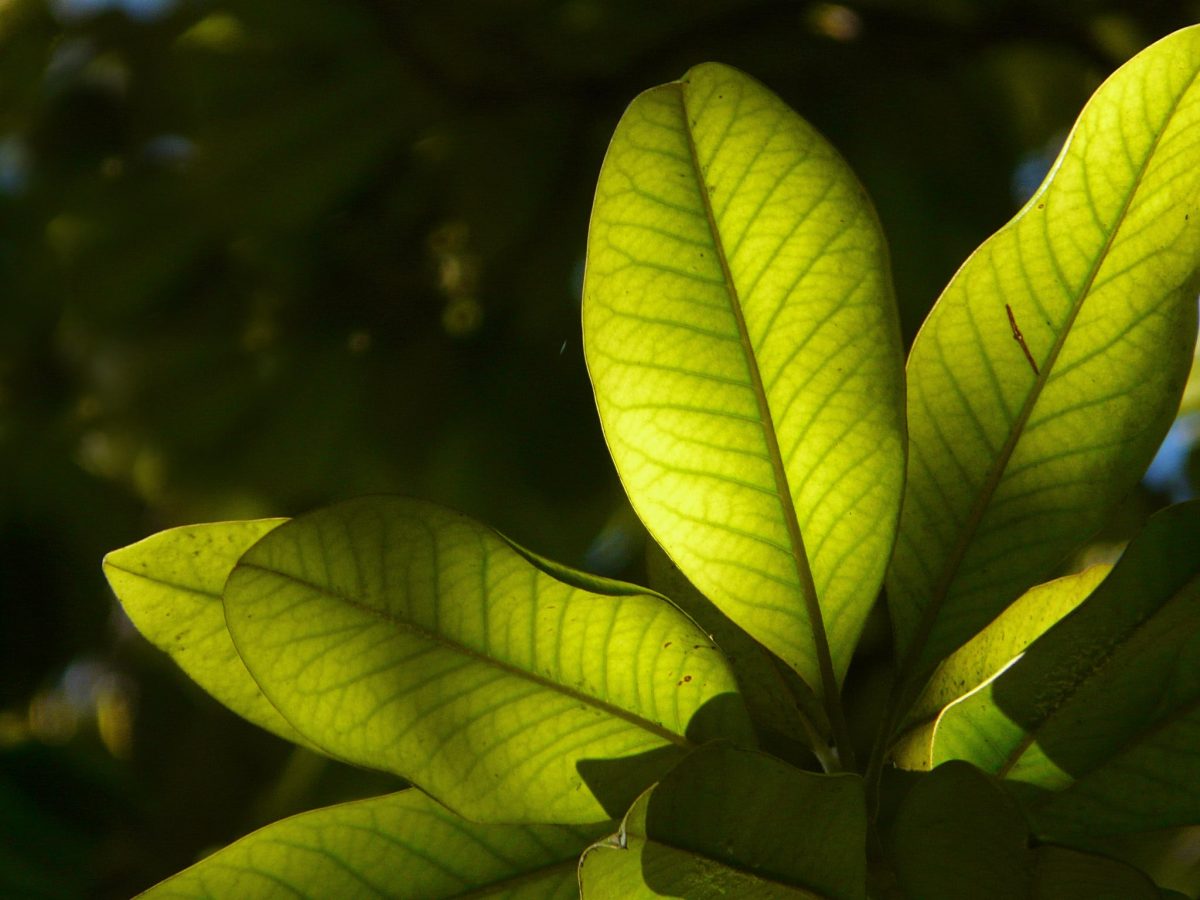
Image - Flickr / Salomé Bielsa
The magnolia is an impressive tree. It grows to a height of around ten meters, and its crown is very wide, ideal for the whole family to enjoy a pleasant summer day under the shade of its branches. Although its growth rate is slow, especially when the climate is not the most suitable, it is a plant that produces flowers from a very young age, even in a pot.
Its care and maintenance are not complicated. But it is important that it is planted in a soil, or in a substrate, that allows its roots to grow without problems. Otherwise, the magnolia tree would have yellowish leaves, or it would not bloom, or perhaps it might even end up with some infestation.
Origin and characteristics of the magnolia tree
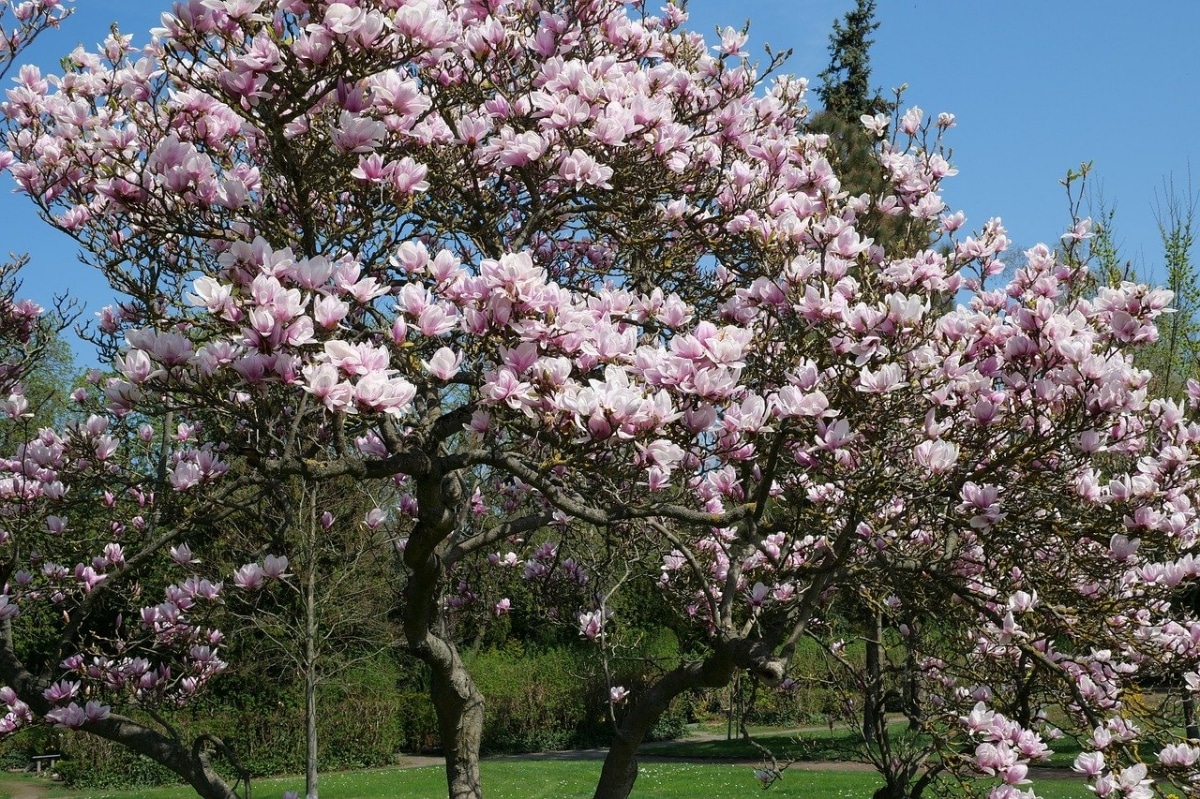
The magnolia is the name given to a series of species, in total there are an estimated 120, of the genus Magnolia. The vast majority live in Asia, especially to the east, but there are some that grow in America. Many of them are large trees, which exceed ten meters in height, and which also develop wide crowns. However, as you will be able to see below there are a few types of magnolias that because of their size are really interesting to grow in pots and / or in small gardens.
Generally, we are talking about plants with large, simple, and somewhat leathery leaves. Its flowers are also large, measuring at least five centimeters in diameter; in addition, they can be white, pink, or reddish, as well as aromatic. As the magnolia tree appeared before the bees did, they were developed so that the beetles were the ones to pollinate them.
What is the difference between magnolia and magnolia?
In botanical terms, Magnolia is the genus that groups the 120 species that have been described, and magnolia is the common name. But beyond that, there are none more, since both words refer to the same plants.
Magnolia varieties
Did you know that there are many varieties? All of them have really decorative flowers. And if you don't believe me, take a look at the ones that we are going to present to you below.
denuded magnolia
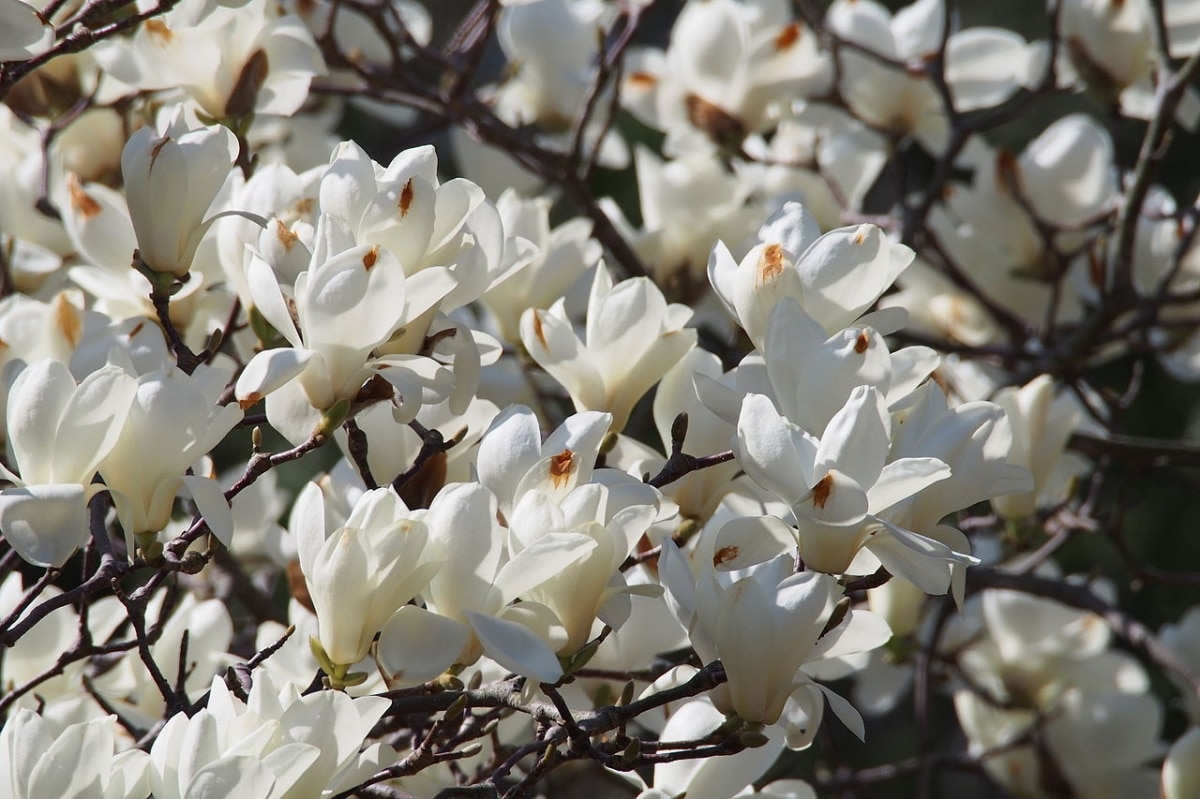
Image - Wikimedia / harum.koh
This variety is known as the yulan magnolia, or simply yulan, and is native to China. As a curiosity, you should know that it has been cultivated in the Buddhist monks of the country since 600 BC. C. Reaches 15 meters in height, and is deciduous. The flowers are white, and are about 10-16 centimeters in diameter.
magnolia grandiflora
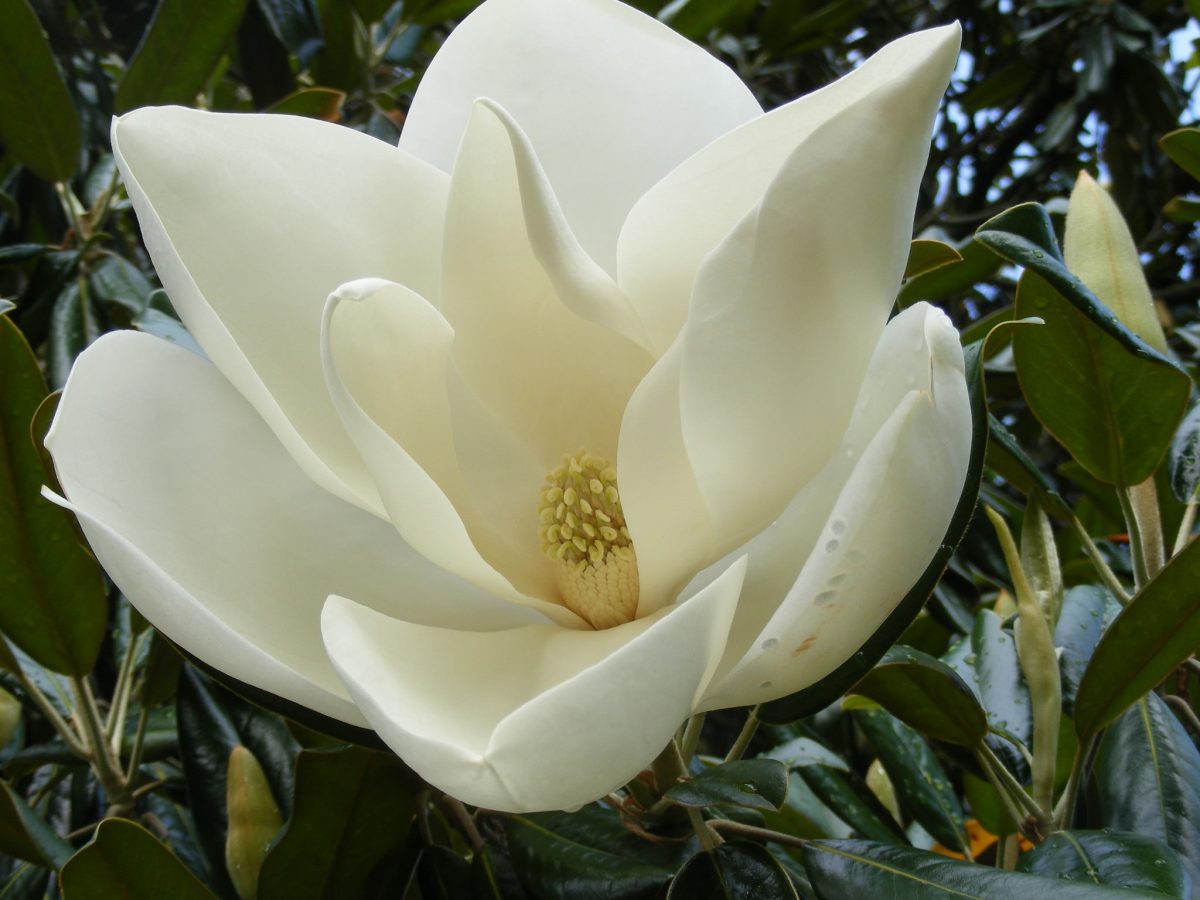
Image - Flickr / Cathy Flanagan
La magnolia grandiflora it is one of the easiest to get. Native to the southeastern United States, it grows to a height of 35 meters. It has evergreen leaves, which means that it remains evergreen. Its flowers are one of the largest of all the mangroves, since they measure about 20-22 centimeters in diameter.
magnolia liliflora
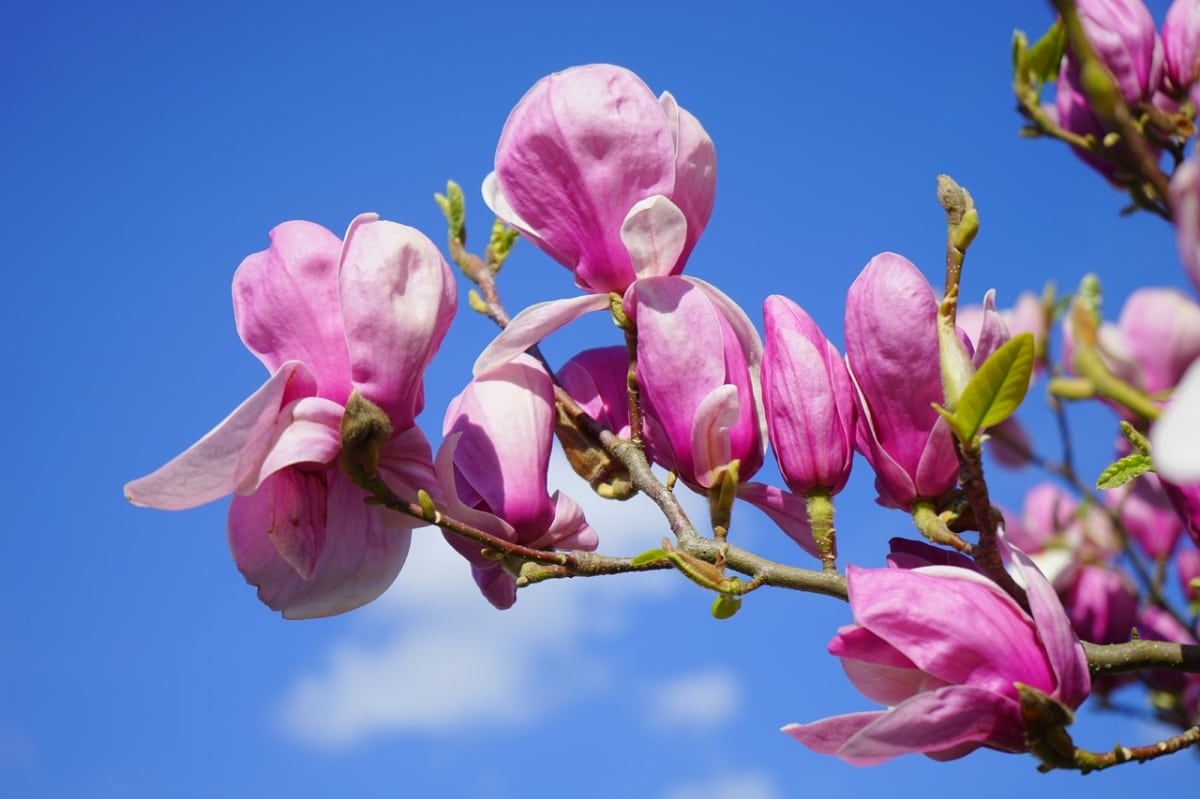
This variety receives several common names: tulip magnolia, lily tree, lily magnolia. It is native to China, and grows up to 4 meters high. It is deciduous, and produces many pink to purple flowers.
Magnolia x soulangean
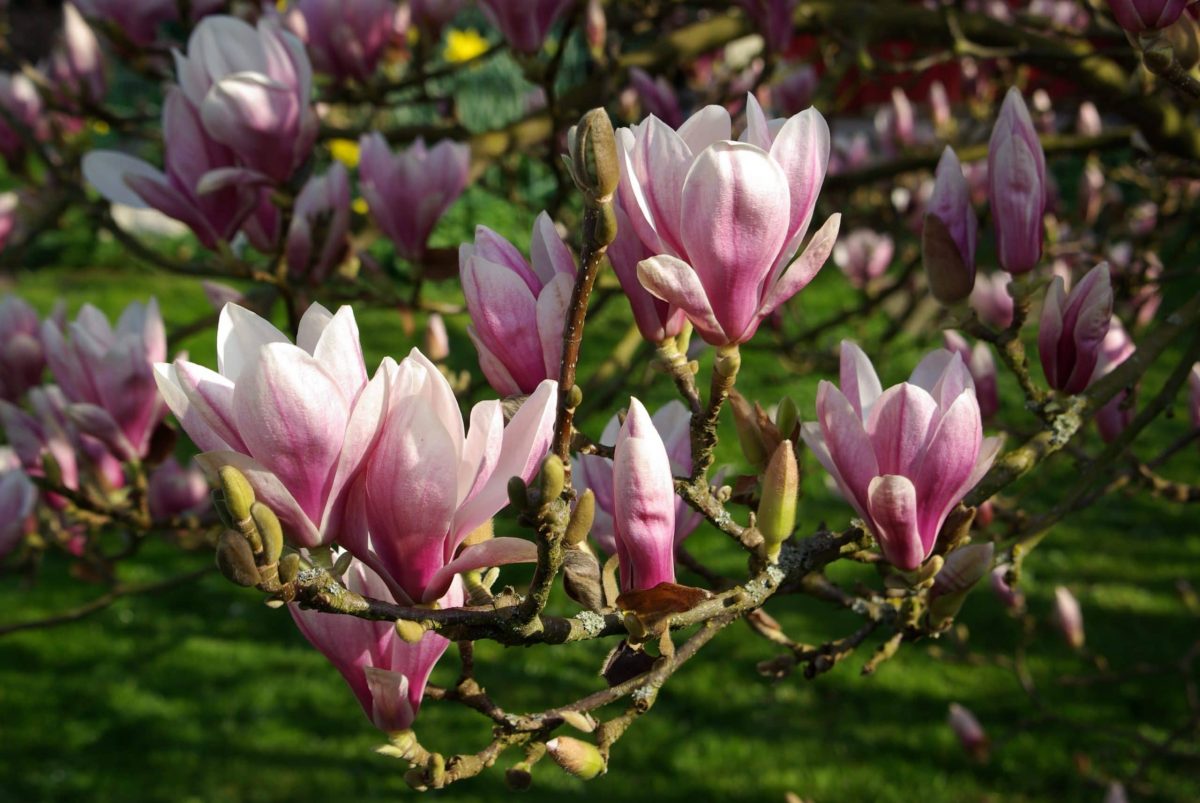
Image - Wikimedia / Berthold Werner
This type of Magnolia, called the Chinese magnolia, tulip magnolia, or Soulange magnolia, is actually a hybrid obtained by crossing the denuded magnolia and the magnolia liliflora. It is one of the most appropriate for small gardens since rarely exceeds 5 meters. Of course, you should know that its leaves are deciduous, so they fall in autumn. Different varieties have been obtained from it, such as Alba, with white flowers, or Norbertiana, with large white flowers and purple foliage.
Starry magnolia
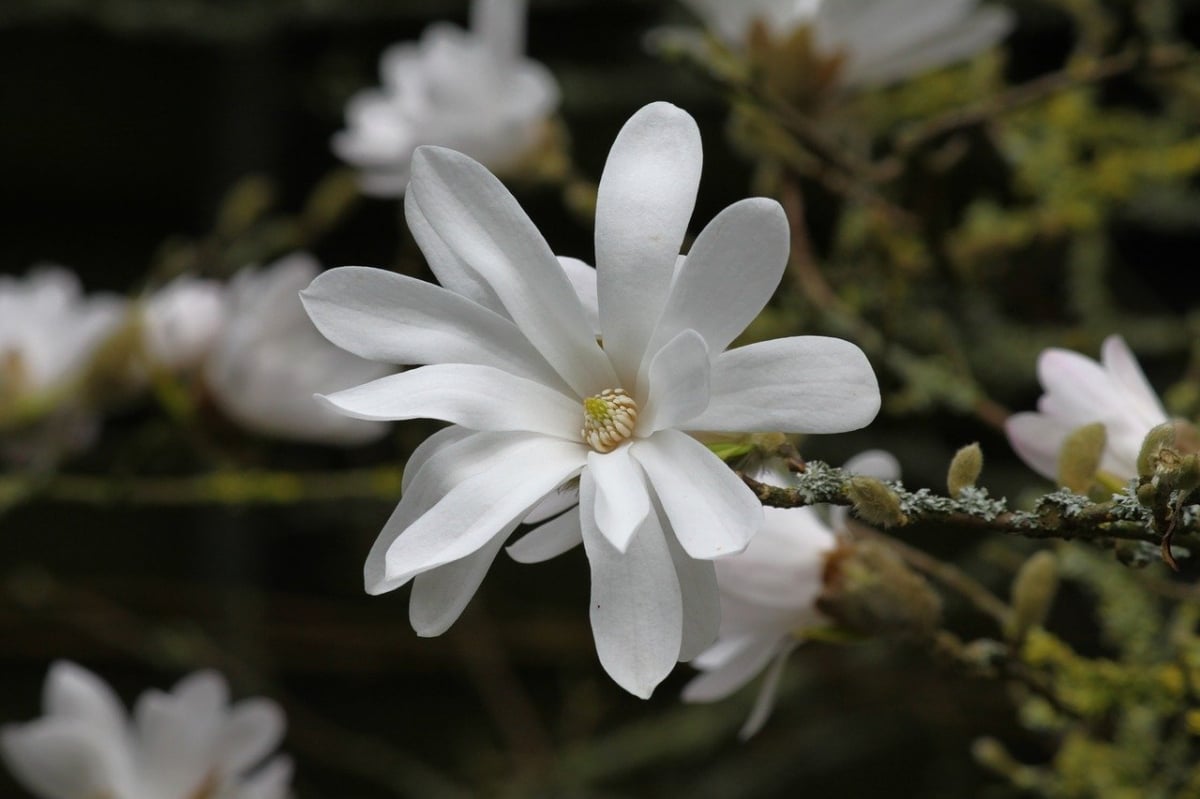
The star magnolia is native to Japan which It has a shrubby habit with a height of 3, maximum 4 meters. It has deciduous leaves and some truly spectacular star-shaped flowers of about 10 centimeters in diameter. You have them in white or pink:
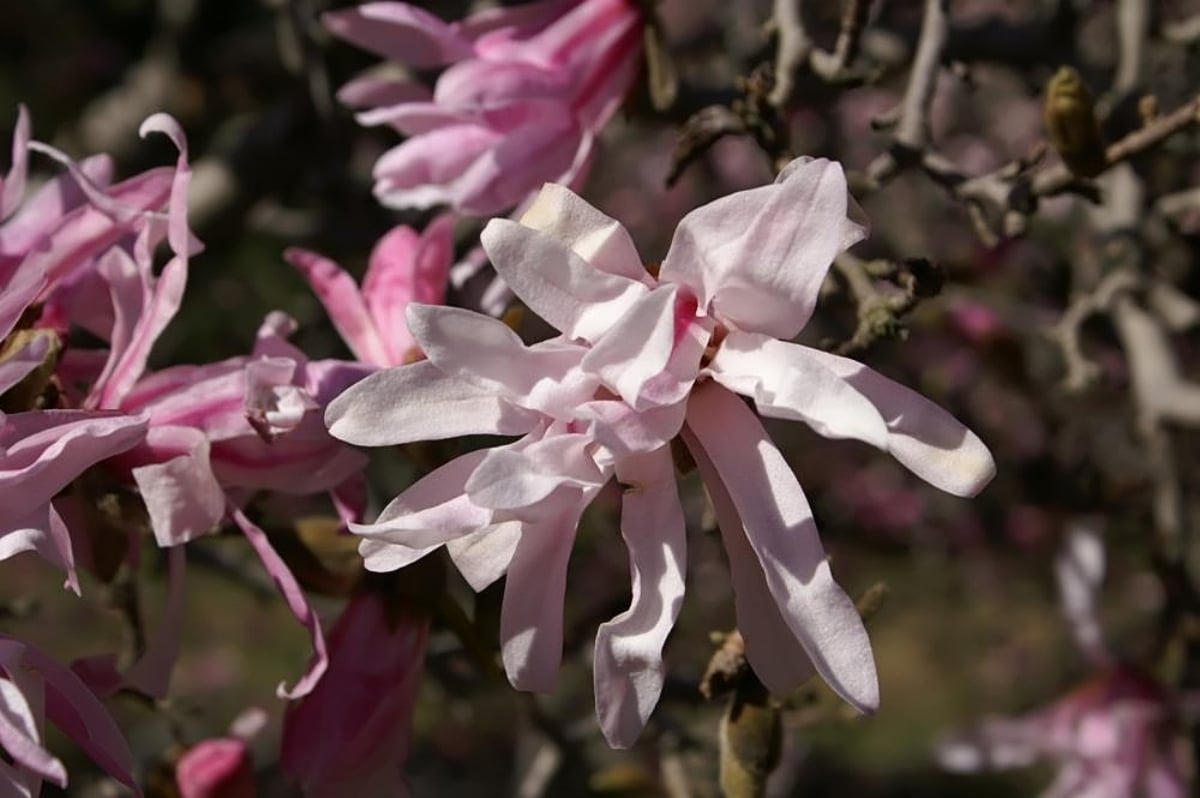
Image - Wikimedia / David J. Stang
They are pretty, right?
magnolia kobus
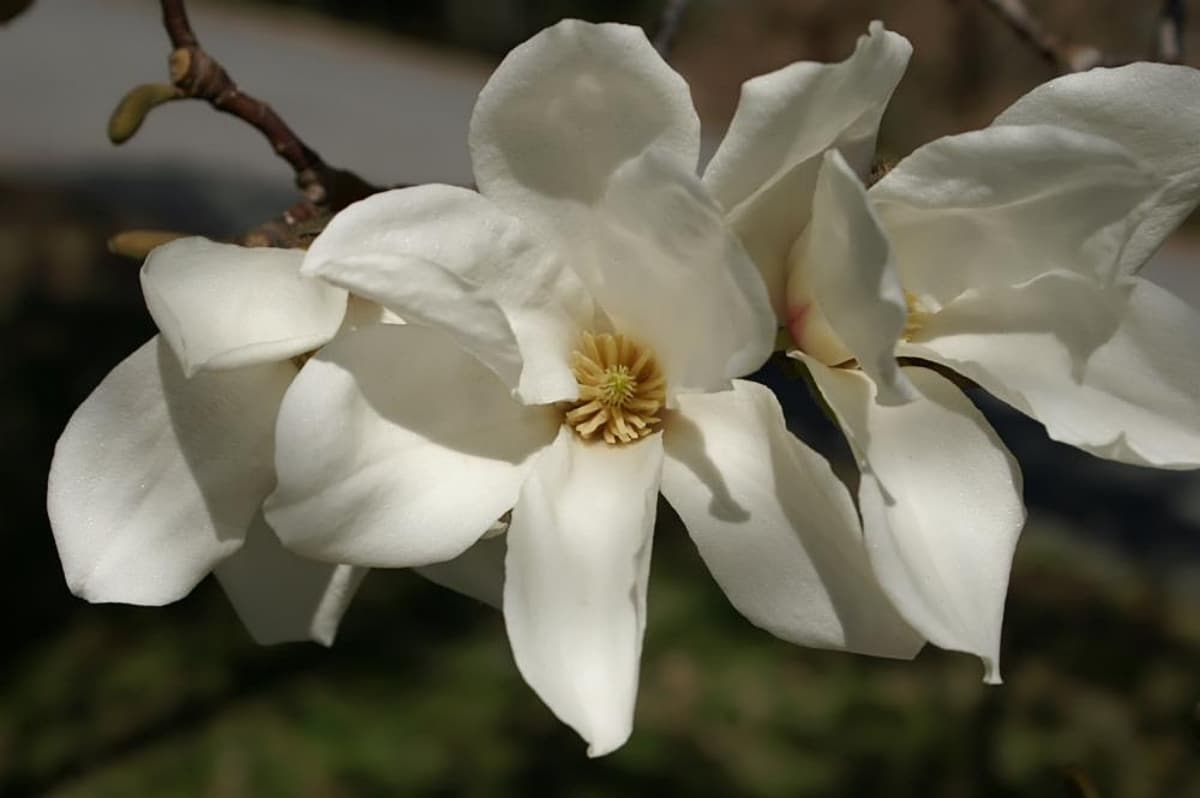
Image - Wikimedia / David J. Stang
La magnolia kobus It is also native to Japan, which is why it is known as the northern magnolia of Japan. It grows to a height of 20 meters, with a crown diameter of up to 12m. Its leaves fall in autumn, but it is a plant that looks pretty even without them.
Magnolia tree care
Magnolias are very decorative trees or shrubs. All of them the first thing they do when spring comes is bloom, as if they wanted to welcome you to the station. If you dare with one, now is the time to know how to take care of them:
Location
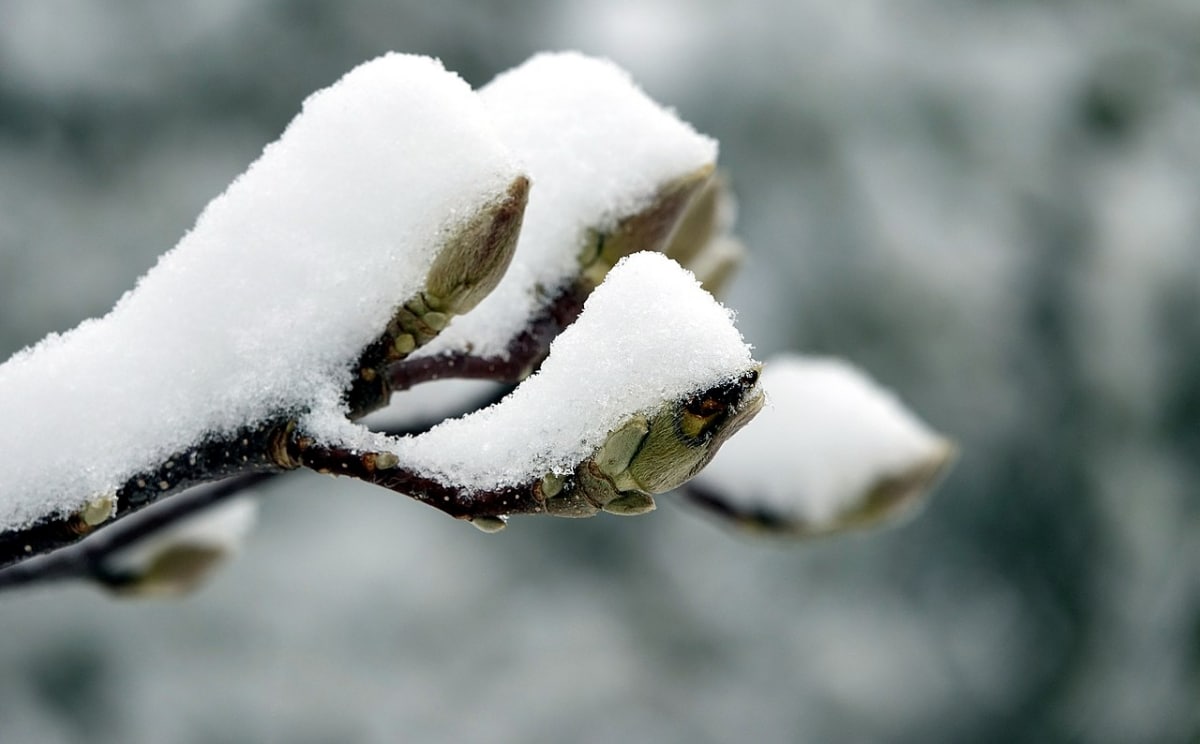
Image - Wikimedia / Gzen92
These plants they have to be grown outside the home. But the exact place will vary depending on the weather:
- Mediterranean climate: in these areas they must be in semi-shade or shade, so their leaves will not burn.
- Continental weather: if the humidity is high, they can be in full sun.
- Tropical climate: in these places it is only advisable to have the magnolia grandiflora, which can live in full sun if it rains frequently or the humidity is high, or in shade otherwise.
Soil or substrate
- Garden: Magnolias grow in light, acidic soils. For this reason, in alkaline and / or very compact soils they should not be planted, since we risk losing them.
- Pots: it will depend on the weather. If it is Mediterranean I advise planting them in akadama (for sale here) mixed with 30% kiryuzuna (for sale here) or pumice (for sale here); if it is continental or temperate-cold, a substrate for acidic plants can be used (for sale here) or coconut fiber (for sale here) for instance.
Irrigation
Magnolia trees have high water needs. They are not plants that resist drought. Thus, you have to make sure that they do not lack water, watering them about three or four times a week during the summer if necessary (that is, if we live in an area where it rains little and the temperatures are 30ºC or more). In winter, on the contrary, they will be watered less.
You have to use rainwater, or failing that, soft water whose pH is between 4 and 6 points. If you are going to have them in pots, you should look for a container that has holes in the base so that the water comes out each time it is watered.
Subscriber
In spring and summer it is advisable to fertilize them with fertilizers for acid plants, following the instructions for use. You can also add guano (for sale here), or compost from time to time.
Magnolia tree pruning
Pruning magnolias is not recommended. They take a long time to heal, and while they do they can be exposed to some pests and / or diseases. In addition, they tend to lose some of their natural beauty.
If they are to be pruned, it is preferable to do it in autumn than in late winterespecially if it is a plant that is already blooming. This way you avoid delaying its flowering and / or impoverishing it.
Planting or transplanting time
If you want to plant them in your garden you have to wait for spring. Also on those dates you can transfer them to larger pots, if you see that they are already small (this happens when they have been in it for about 3 or 4 years).
Pests
They don't have many. In fact, beyond some specimens of the most common (mealybugs, whitefly, spider mite), it is difficult for them to have more, unless the weather is very hot and / or dry. In any case, they are removed with diluted neutral soap and water, or with diatomaceous earth.
Magnolia diseases
They are very resistant plants, but there are some that can have:
- Chancre: it is a fungal disease that appears in adult specimens that causes the branches to ring, causing them to dry out. The treatment consists of pruning the affected parts, and applying fungicide (for sale here). More information.
- Algae leaf spot: It is not very serious, but if you see that the leaves have brown spots with a velvety touch, it is probably this disease. It is corrected by maintaining a good irrigation and fertilizer calendar.
- Fungus spots on the leaves: there are several fungi that can affect them, such as phytophthora, mildew or powdery mildew. They appear especially when they are watered in excess. So if you see gray, brown or pink spots, you have to cut the parts that are affected and treat with a systemic fungicide (for sale here).
- Wood rot: it may be that it affects only the bark, or also the inner face. You can suspect that the tree has this disease if you see some dry branches and / or leaves, or if sap comes out of the trunk. In case of doubt, the ideal is to contact a specialist in phytopathology to tell you how to treat it.
Multiplication
Magnolias multiply by seeds in winter since they have to be cold before germinating, and by semi-woody cuttings in spring.
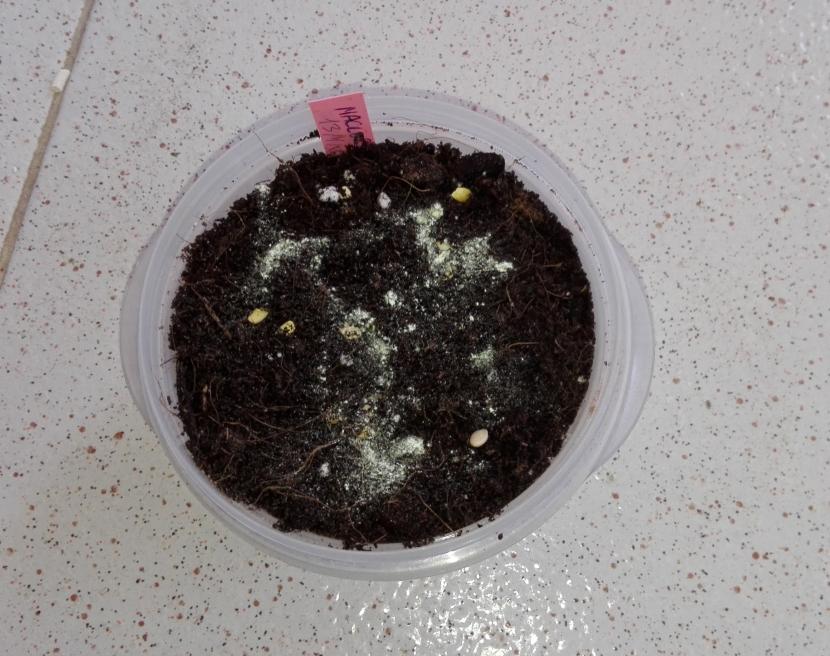
Rusticity
Will vary by species, but the vast majority resist temperatures down to -12ºC. The deciduous varieties last longer, up to -18ºC, although the latter are not suitable for growing in tropical or subtropical climates.
Where to buy magnolia?
You can get seeds from here:







I would like to get two star magnolias, one white and the other pink, already with a certain height, at least 1 m or 1,50 m. thanks
Hello Fernando.
We are not dedicated to buying and selling. You can get these trees in nurseries or online stores.
A greeting.